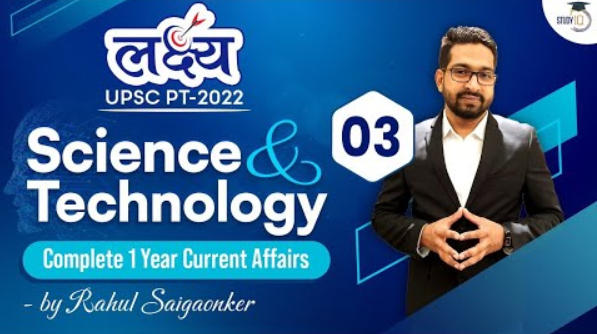Table of Contents
Quantum Communication
Quantum Communication
Quantum Communication
Quantum Communication
- Quantum communication takes advantage of the laws of quantum physics to protect data. These laws allow particles typically photons of light for transmitting data along optical cables to take on a state of superposition, which means they can represent multiple combinations of 1 and 0 simultaneously. The particles are known as quantum bits, or qubits.
- The beauty of qubits from a cybersecurity perspective is that if a hacker tries to observe them in transit, their super-fragile quantum state “collapses” to either 1 or 0. This means a hacker can’t tamper with the qubits without leaving behind a telltale sign of the activity.
- Some companies have taken advantage of this property to create networks for transmitting highly sensitive data based on a process called quantum key distribution, or QKD.
QKD Communication
ISRO Quantum Communication
- Quantum communication is a field of applied quantum physics closely related to quantum information processing and quantum teleportation.
- Its most interesting application is protecting information channels against eavesdropping by means of quantum cryptography. The most well known and developed application of quantum cryptography is quantum key distribution (QKD).
- QKD describes the use of quantum mechanical effects to perform cryptographic tasks or to break cryptographic systems.
PARAM Ganga
- National Supercomputing Mission (NSM) has deployed “PARAM Ganga”, a supercomputer at IIT Roorkee.
- The “PARAM Ganga” system is designed and commissioned by C-DAC under Phase 2 of the build approach of the NSM.
Lets Deconstruct
- What is Supercomputing?
- National Supercomputing Mission?
- PARAM Ganga?
- Other Indian Supercomputers?
- Supercomputers around the world?
What is Supercomputing?
- Supercomputing technology comprises supercomputers, the fastest computers in the world. Supercomputers are made up of interconnected, I/O systems, memory and processor cores.
- Unlike traditional computers, supercomputers use more than one central processing unit (CPU). These CPUs are grouped into compute nodes, comprising a processor or a group of processors—symmetric multiprocessing (SMP)—and a memory block.
How fast is supercomputing?
- Supercomputing is measured in floating-point operations per second (FLOPS).
- Petaflops are a measure of a computer’s processing speed equal to a thousand trillion flops.
- 1-petaflop computer system can perform one quadrillion (1015) flops.
- Note: Supercomputers can be one million times more processing power than the fastest laptop.
National Supercomputing Mission
- Initially, India showcased its talent on building supercomputers at low cost with its PARAM series. To further enhance its capacity and to meet requirements, Government of India launched National Supercomputing Mission (NSM) in 2015.
- Under NSM, the plan was to connect R&D institutions and academic institutions in the country using a supercomputing grid with more than 70 high performance computing facilities. Spread over the period of seven years the estimated cost of this mission is Rs. 4,500 crores.
- Department of Science and Technology (DST) and Department of Electronics and Information Technology (DeitY) jointly guides the mission along wth C-DAC as major partner.
National Supercomputing Mission
- Phase 1 – Plan was to install 6 supercomputers with 30% value additions done in India.
- Phase 2- Started in April 2021 aimed at manufacturing supercomputers in the country with an indigenous software stack. Multiple supercomputers are also being installed during this phase.
- Phase 3- Focus is on design and manufacturing in the country. Phase 3, has also been initiated in 2021 and is expected to take computing speed to 45 PF.
Supercomputers Under NSM
PARAM Ganga
- National Supercomputing Mission (NSM) has deployed PARAM Ganga-a High-Performance Computational (HPC) facility at IIT Roorkee, with a supercomputing capacity of 1.66 Petaflops.
- It has been established by the Centre for Development of Advanced Computing (C-DAC) under the approach of NSM.
- PARAM Ganga will aid researchers to solve complex problems of national importance and global significance.
FYI
Top SuperComputers
Science & Technology | Free PDF


































 WhatsApp
WhatsApp